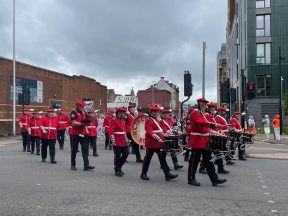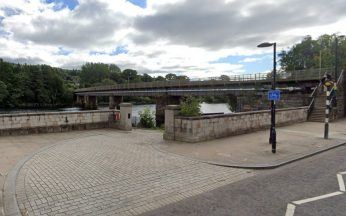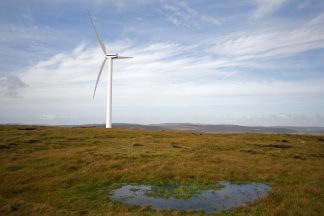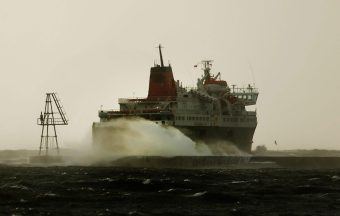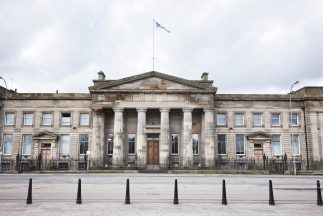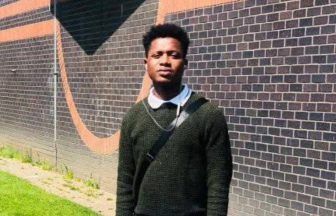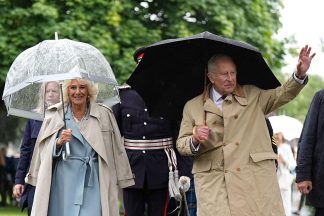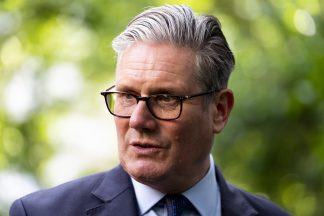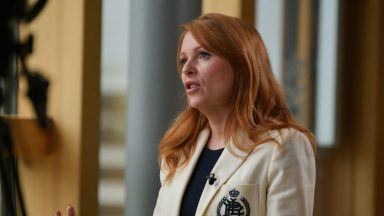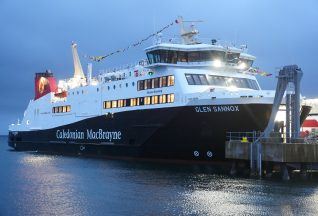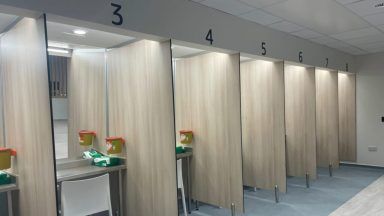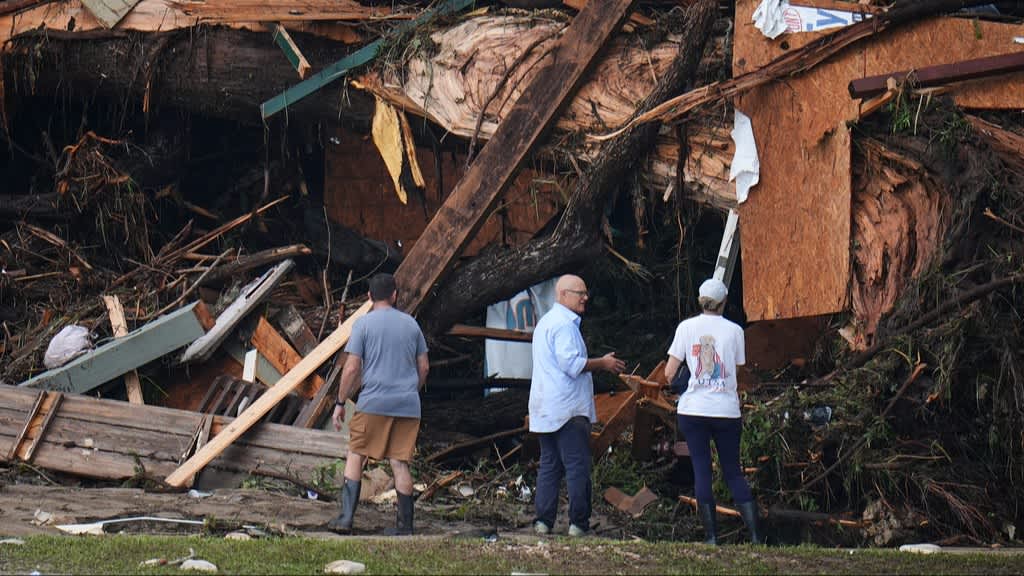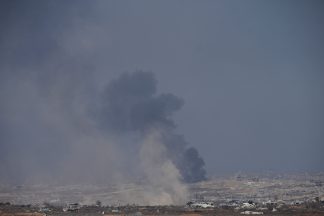What links a community centre on the north coast of the Isle of Lewis, a stately home in Fife, and a diplomatic row over the future of some 2,500 year old sculptures? More than you might think.
First of all, I have to declare an interest. I’m Greek – the name might have given it away.
And it’s the Greek Prime Minister, Kyriakos Mitsotakis who’s at the heart of a very modern political row this week. He was in London, expecting to meet Prime Minister Rishi Sunak for talks at 10 Downing Street on Tuesday lunchtime.
Instead, he got an early plane home after the meeting was cancelled with less than 24 hours notice.
The reason for the snub? Mitsotakis went on the BBC’s Kuenssberg on Sunday programme to call for the return of the Elgin Marbles – or to give them their proper name, the Parthenon Sculptures.
They have been on display at the British Museum since 1816, but how they got there has been a source of controversy for nearly 200 years.

In the early 1800s, the seventh Earl of Elgin, a descendant of Robert the Bruce serving as British Ambassador to the Ottoman Empire, asked the Sultan for permission to remove sculptures that adorned the Parthenon, a ruined temple to the goddess Athena that crowns the Acropolis at the heart of Athens – now an inescapable symbol of Greek antiquity and modern Greek identity.
Greece had been conquered by the Ottomans 400 years earlier, but within a generation would be fighting a war for its independence.
The sculptures removed by Elgin, half of those remaining on the Acropolis, were destined for his private collection. They may well have ended up at Broomhall House, still the family seat of the Earls of Elgin, where other ancient Greek artefacts collected by the seventh Earl remain to this day.
But by 1816, suffering from the effects of syphilis and near bankruptcy after an expensive divorce, Elgin sold the marbles to the British Museum.
When they were put on display in London, they inspired artists and poets. They also outraged many, who condemned what they saw as the looting of Greek history.
Among the critics was another aristocrat with Scottish links, the poet Lord Byron, who would go on to fight and die in the Greek war of independence.
In his epic poem Childe Harold’s Pilgrimage, Byron wrote of the Parthenon:
Dull is the eye that will not weep to see
Thy walls defaced, thy mouldering shrines removed
By British hands, which it had best behoved
To guard those relics ne’er to be restored.
This week, the row has taken on the less poetic language of political briefing.
On the BBC on Sunday, the Greek Prime Minister compared the presence of the marbles at the British Museum to cutting the Mona Lisa in half.
According to Downing Street sources, it’s anger at that interview that led to the cancellation of the meeting with Sunak.
But it may also have been Mitsotakis’ meeting with the Labour leader, Sir Keir Starmer, who, like the Greek Prime Minister, simply restated the long-standing position that Labour would be happy to see the Parthenon Sculptures loaned back to Greece, but wouldn’t change the law to allow their permanent return.
Sensing, or maybe just wishing, for a political opportunity, a Number 10 source called Sir Keir’s comments “reckless”.
The Labour leader hit back that cancelling a meeting with a NATO ally is “pathetic”.
The politics of this aren’t just about the Parthenon Sculptures. They’ve become just the best known example of a much wider debate, about what should happen to artefacts taken – often violently – from colonised cultures for display in Western museums.
In recent years, Scottish universities have returned native American artefacts, and artworks that form part of what are known as the Benin Bronzes, a collection of metal sculptures seized by a British military expedition in West Africa in 1897.
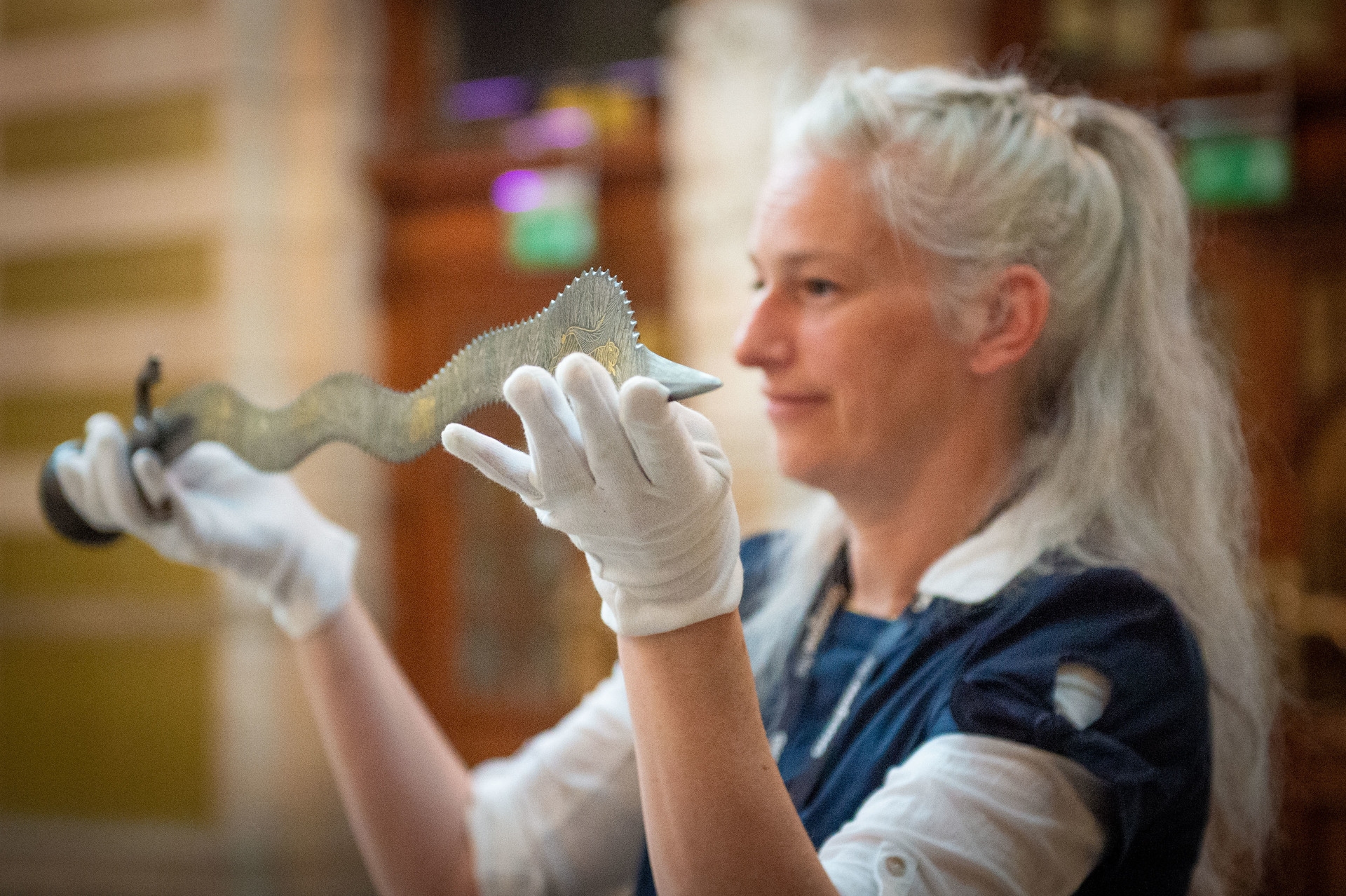 STV News
STV NewsAnd this isn’t just about the legacy of overseas empire.
The SNP, which has backed calls for the return of the Parthenon Sculptures to Greece, also wants the British Museum to give up the Lewis Chessmen, a collection of Viking-era ivory sculptures that, like the marbles, are divided between London and the National Museum of Scotland in Edinburgh.

But the pieces were probably made in Norway – and on the northwestern coast of the Isle of Lewis, near Uig where the chessmen were dug up, there’s a charming community centre and museum to Hebridean life where many locals would like to see this part of their history on display.
So where do these and other artefacts belong? After centuries, there’s a few more years left in this debate.
Follow STV News on WhatsApp
Scan the QR code on your mobile device for all the latest news from around the country



